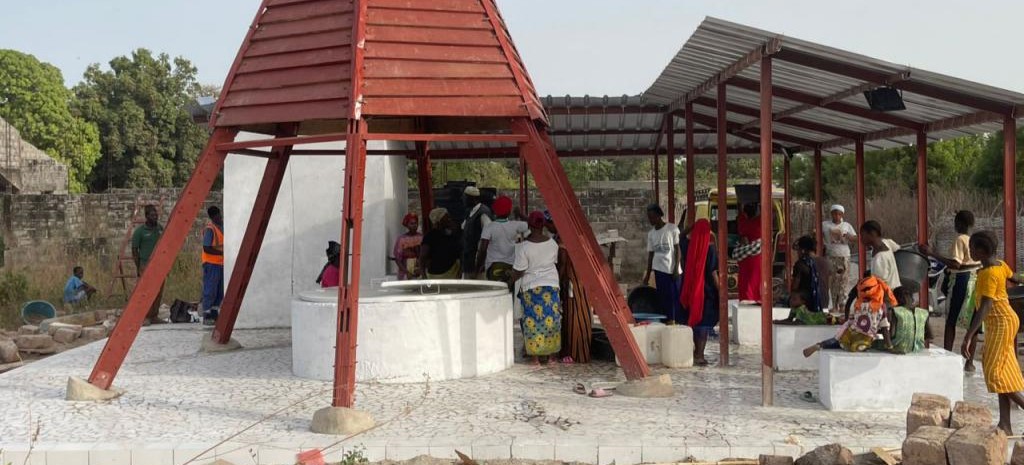
Solar Well in Sanoufily
Free access to drinking water
Sanoufily, Senegal

In Sanoufily, accessing safe drinking water was a daily challenge. The old traditional wells, only 8 meters deep, were easily drained and contaminated, putting the entire community’s health at risk. The well built by Balouo Salo in 2016 and renovated in 2025 changed this situation: 18 meters deep, equipped with a solar pump and UV plus microfiltration systems, it now provides clean water daily to over 1,500 people.
This is not just infrastructure but also training: the community actively participated in the construction, was educated on water management, and is now autonomous in maintaining the system. Today, the well is a community landmark — not just a water source, but a place of inclusion. This infrastructure is a place of community.
.JPG)
— Sagna, Sanoufily (Senegal)
The project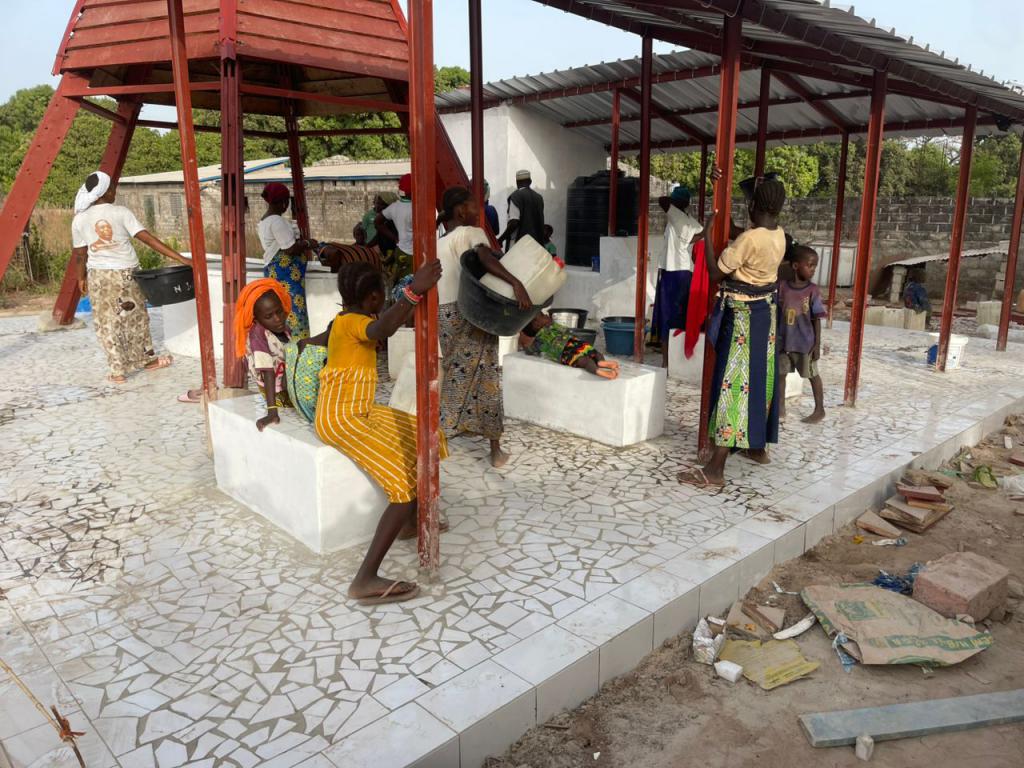
.JPG)
In Sanoufily, southern Senegal, access to safe drinking water was a daily mirage: contaminated and seasonal sources put the entire population’s health at risk, especially children, pregnant women, and the elderly. In this critical context, Balouo Salo built a deep well that today represents a model of sustainability, health, and inclusion.
Powered by photovoltaic systems, the new infrastructure provides free drinking water to thousands through an integrated microfiltration and double sterilization system. The project was also made possible thanks to the technical and supportive involvement of La Solution Solaire, which donated the hydraulic pump and main solar system, thus decisively contributing to the site's energy autonomy.
The initiative goes beyond providing safe water: the facility, designed in collaboration with the community, includes a covered space for rest, socialization, and inclusion, turning the well into a true community hub. The project thus promotes well-being, rights, and social development for the entire local population.
Where it is located
The Sanoufily well represents an advanced example of sustainable and replicable water infrastructure, designed to ensure continuity, safety, and accessibility to drinking water. It is the deepest well built within a 10 km radius, featuring a high-strength concrete casing up to 20 meters deep to guarantee durability.
A solar-powered submersible pump extracts the water, supported by a dedicated photovoltaic system, ensuring autonomy and continuity even during the hottest periods of the year.
Custom microfiltration and double sterilization
The filtration system was specifically designed based on the chemical and physical characteristics of the source water. After extraction, the water is treated through a multi-stage system that includes sand filters, activated carbon, 1 to 5-micron cartridges, and bacteriostatic filters to remove impurities, unwanted tastes, and odors. This is followed by two UV sterilization phases: an initial one to sanitize the raw water and a final one before distribution, ensuring complete disinfection in line with WHO standards.
The purified water is collected in a storage tank, ready to be distributed through eight public fountains, designed to be accessible, safe, and easy to sanitize. The system is equipped with a real-time monitoring system (provided by Aqvify), which detects the groundwater status and volumes delivered, guaranteeing transparency and effective preventive maintenance.
Architecture serving the community
The well was also designed as a space for socialization and inclusivity. The distribution area features a for rest. The architectural intervention interprets in a contemporary way the traditional bantambato concept of the Mandinga culture: a community space where people gather in a circle to discuss and share.
This infrastructure is not only a point of access to safe water but also a place of gathering, dignity, and community life that improves quality of life and strengthens social fabric, drop by drop.
See photos
.JPG)

Sanoufily
Dioudoubou Commune
Sedhiou Region
Senegal, Africa
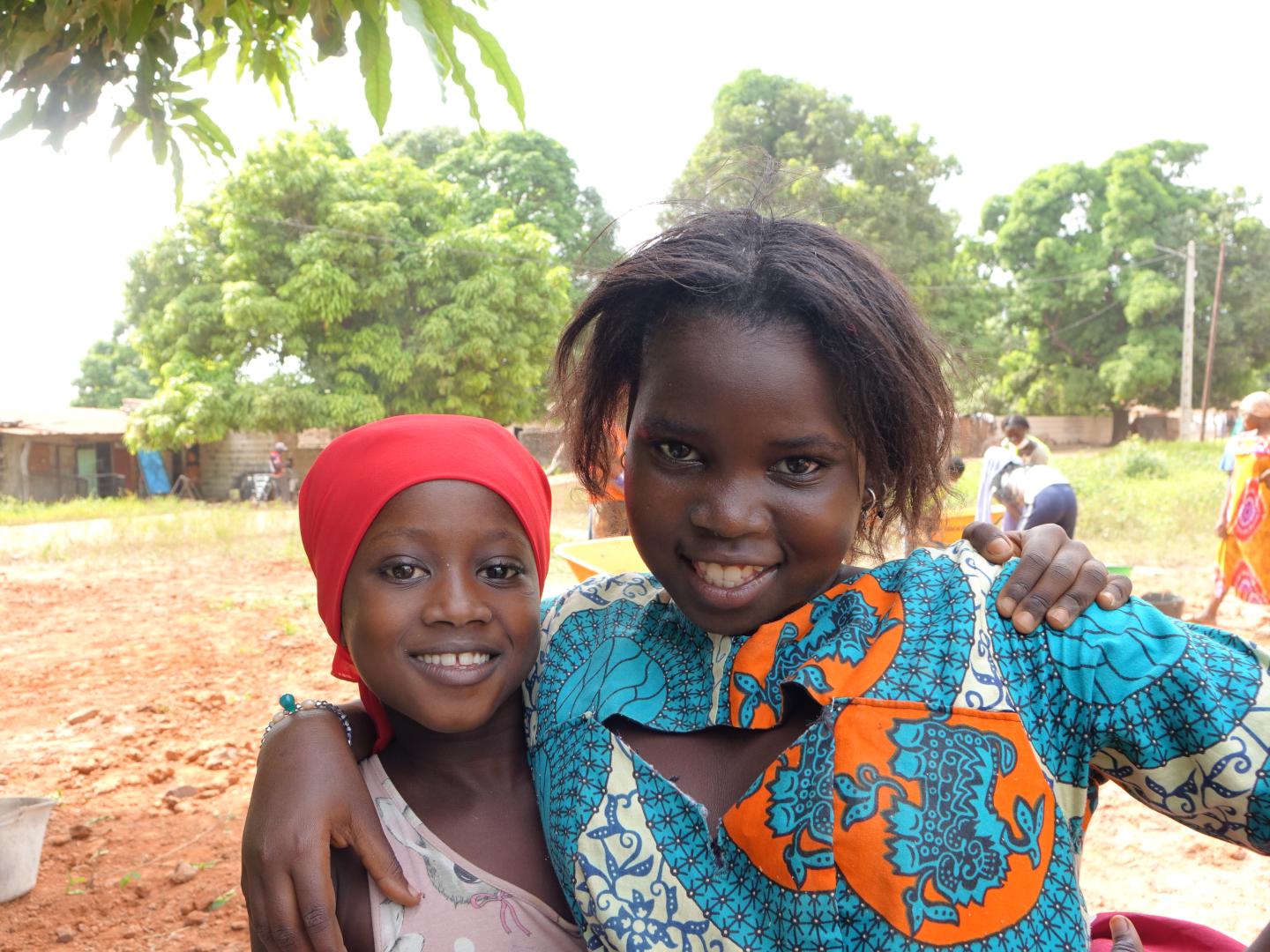
Before the construction of the deep well in Sanoufily, every family relied on small, contaminated surface springs or long walks to unreliable wells. Women would leave at dawn to fetch muddy water, while children often gave up school to help. Intestinal diseases were widespread, especially among the youngest.
With the arrival of the new well, the deepest within a 10 km radius, everything changed: water now flows clear from eight public fountains thanks to an autonomous solar system and a process of microfiltration and double sterilization. The community today has constant and safe access to an essential resource.
Beyond water, the project has provided a meeting space: a covered area where people rest, socialize, and celebrate daily life. This place is not only a water source but a symbol of dignity, health, and social cohesion. An example of how well-thought-out infrastructure can transform the future of an entire community.
.JPG)
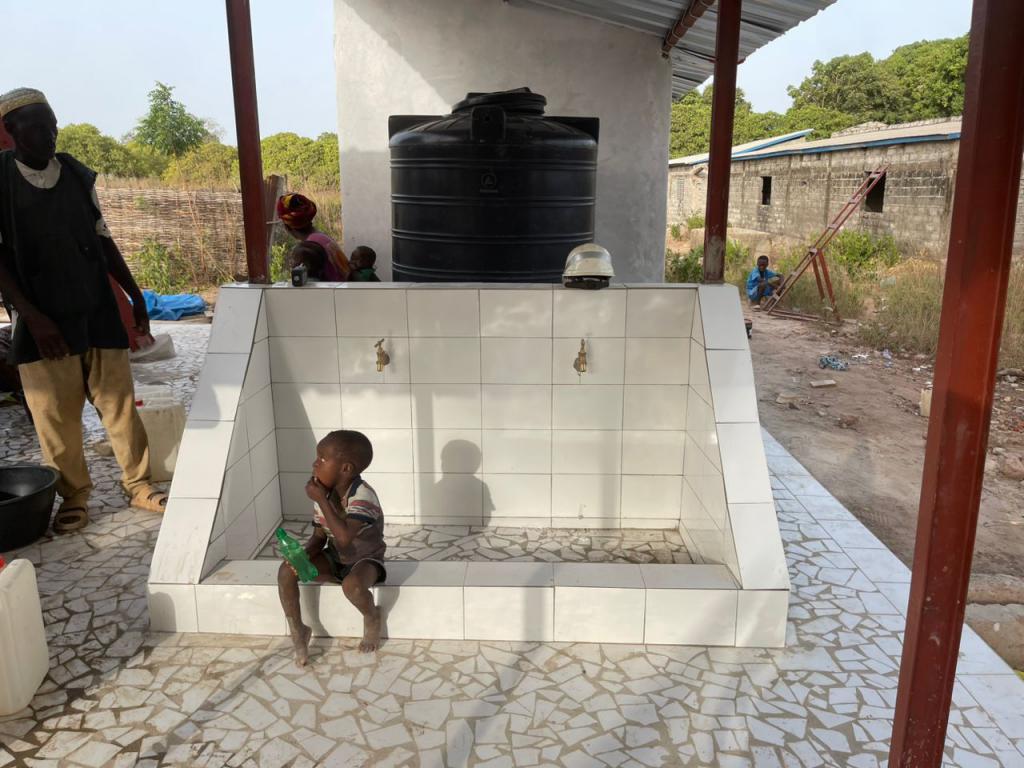
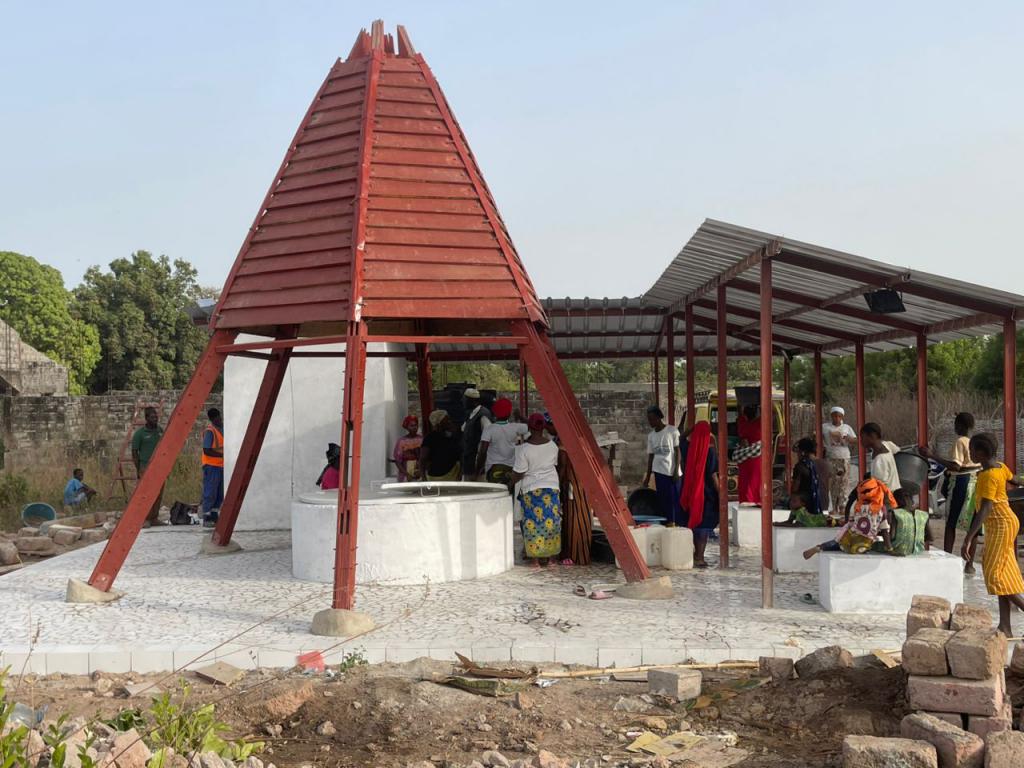
.JPG)
.JPG)
.JPG)
.JPG)

.JPG)
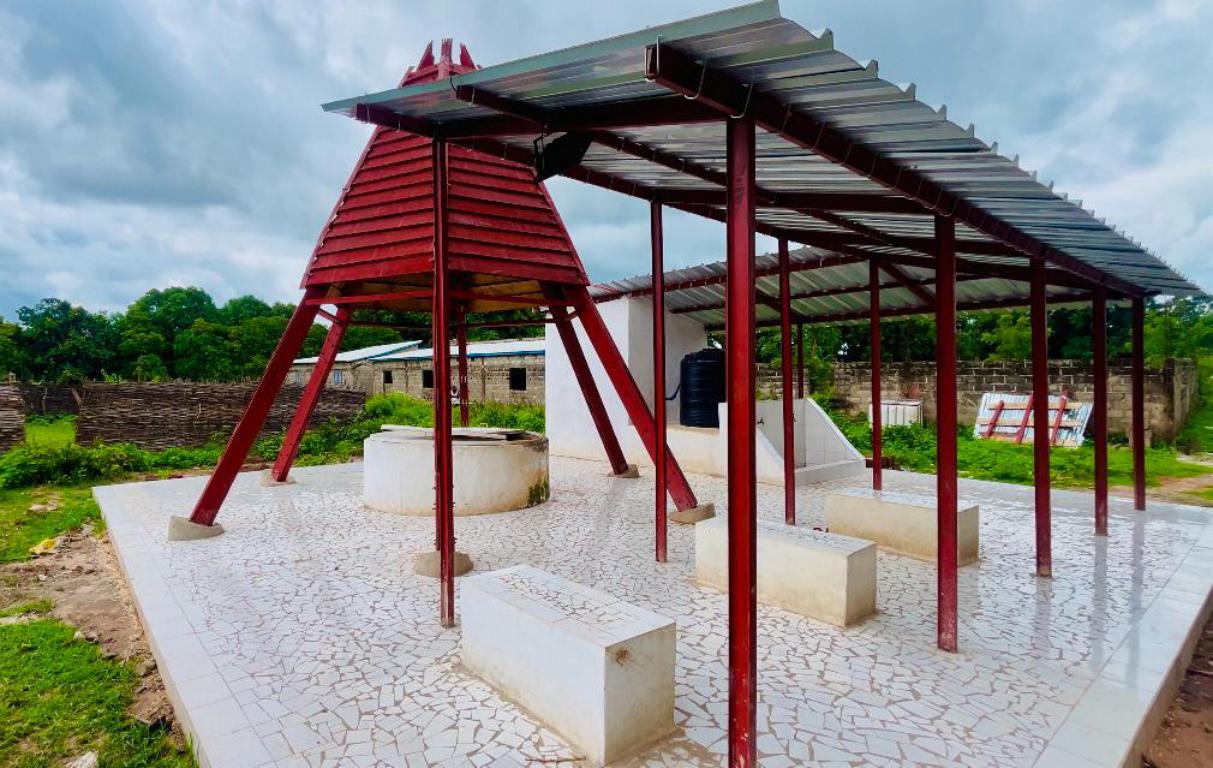
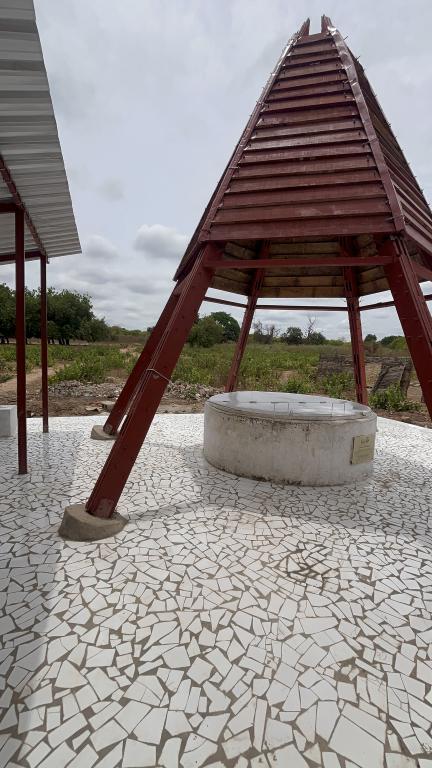

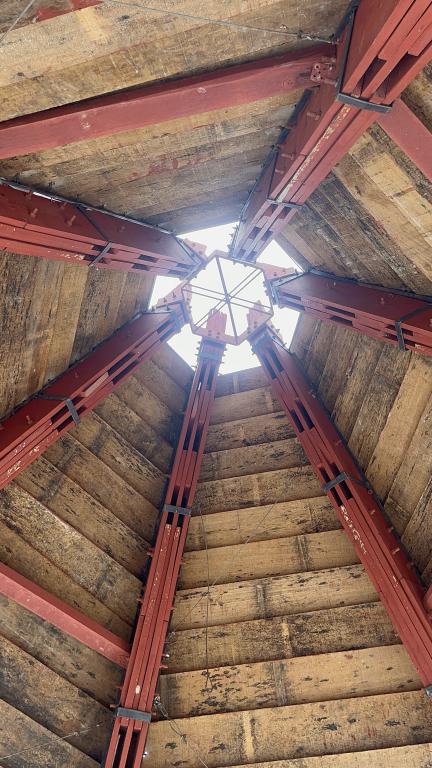
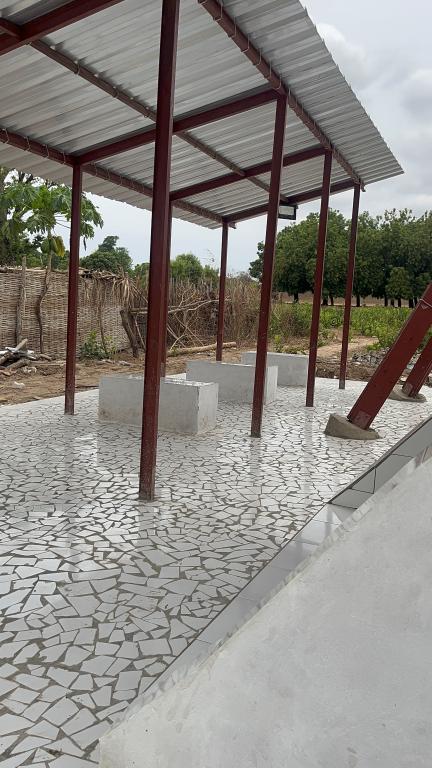
.JPG)